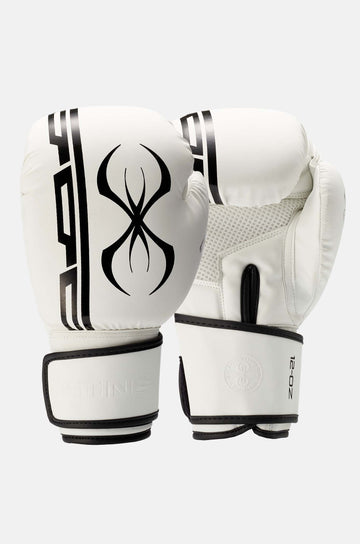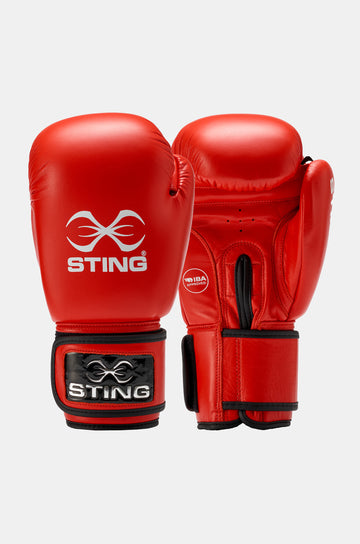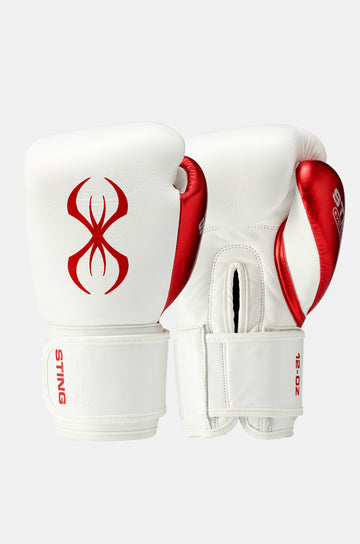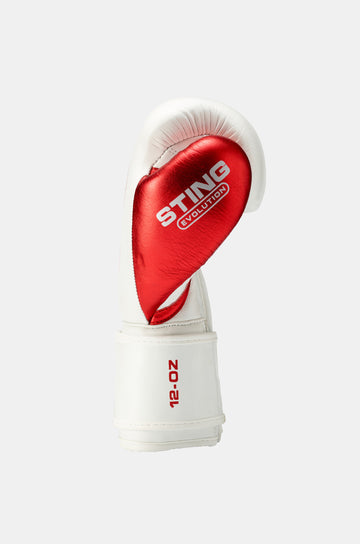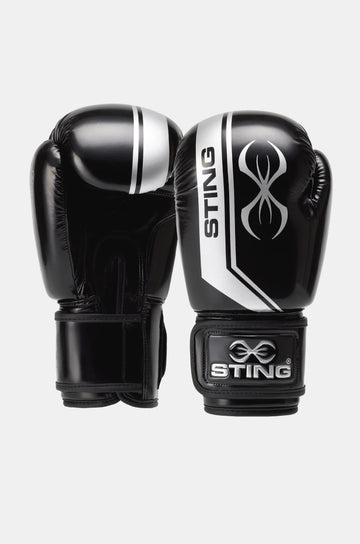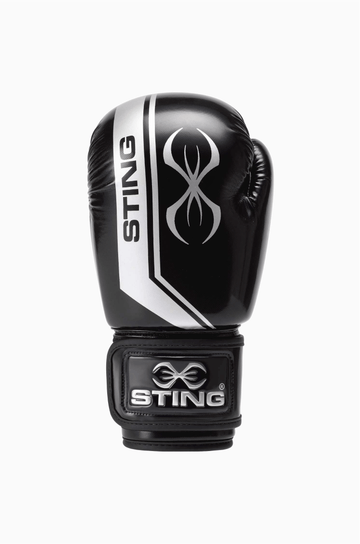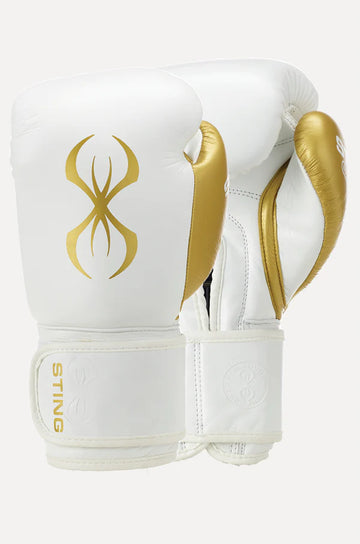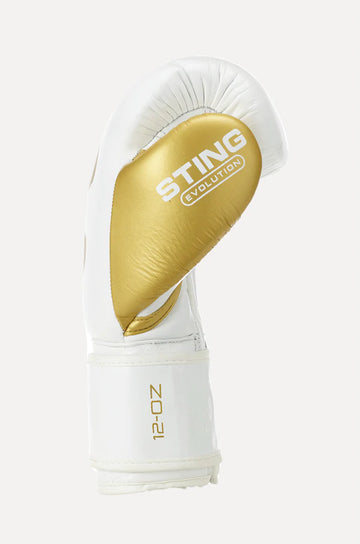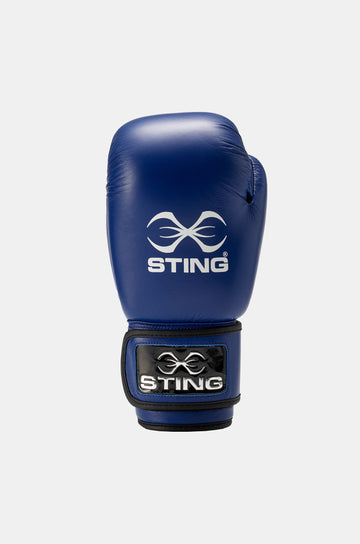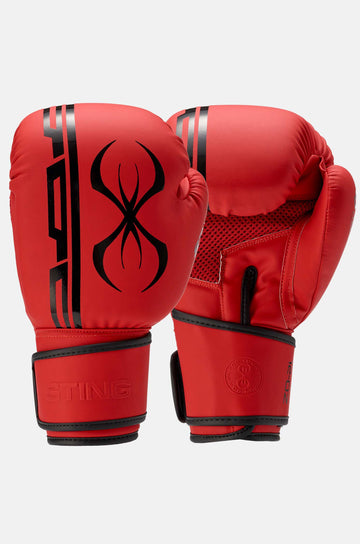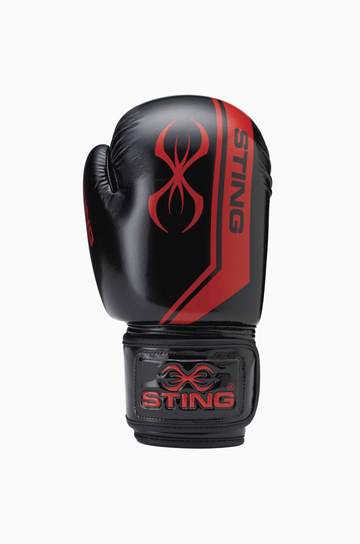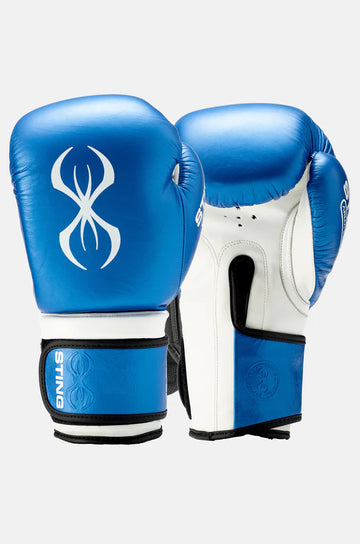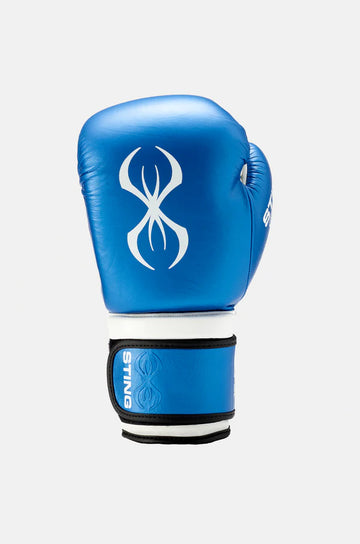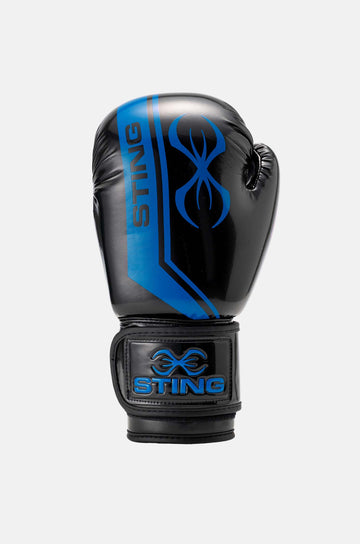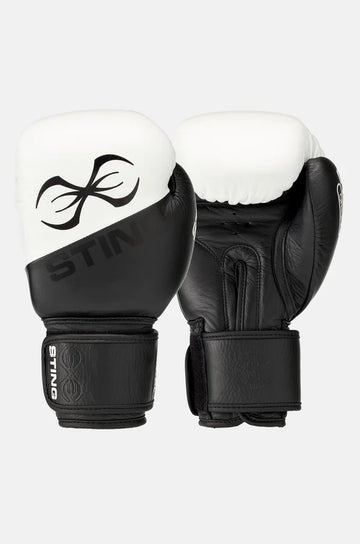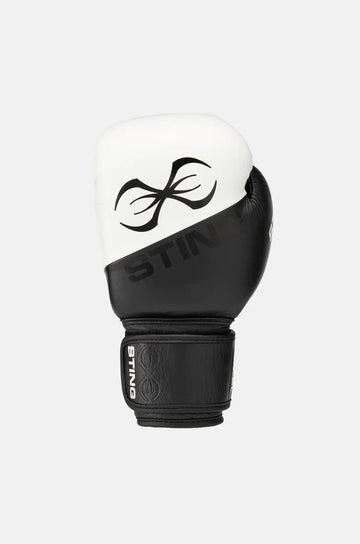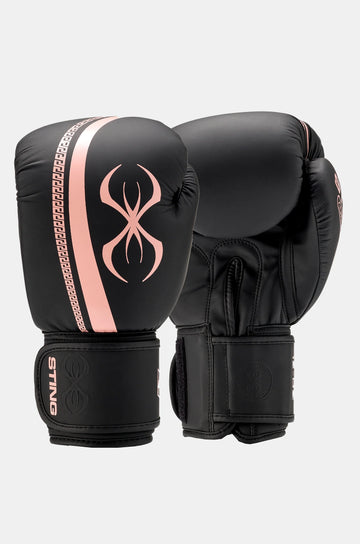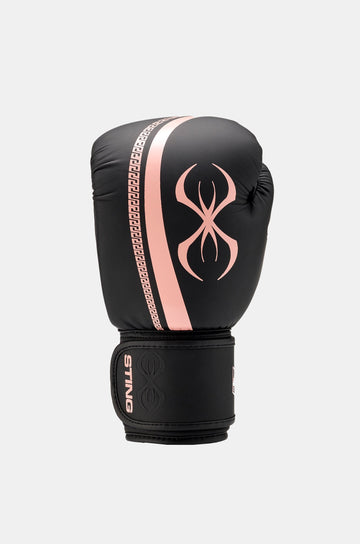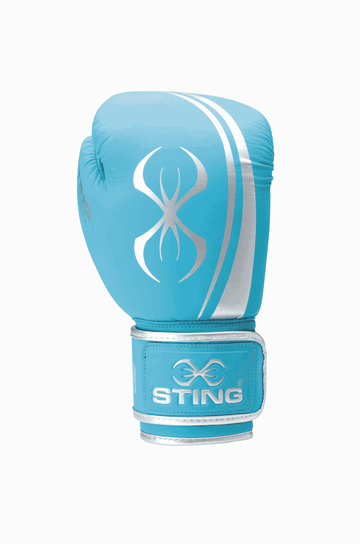A Detailed Guide to Boxing Weight Classes
In professional boxing, there are 17 officially recognized boxing weight classes, with a recent addition of 18, which is called Bridgerweight. All these divisions are necessary to ensure that sports have fairness, safety and competitive balance. It is not only unjust to put a 112 lb flyweight and a 250 lb heavyweight in the same ring, but it is perilous.
Weights enable the fighters to go against opponents of the same weight and strength to make the competition more tactical, preventing the occurrence of serious injuries. However, knowing what weight class you should be in is not only useful in guiding your training and better strategy, but also what equipment to use.
If people have made strength training part of their routine, it is also crucial to use the best gloves for weight lifting. Such gloves provide better grip, wrist support and hand protection, which helps them make an intelligent decision either performance-wise or injury-wise.
Why Boxing Weight Classes Matter
-
Fair fights. The fighters are matched against opponents of similar size, reach and power.
-
Safety first. Unbalanced match-ups lead to injuries.
-
Structured progress. All the divisions have their way, from flyweight to heavyweight.
-
Professional standards. Boxing weight divisions limit weight from 105 lbs to unlimited, which provides everyone with a slot.
The 17 Professional Weight Classes Chart (lbs and kg)
This is a simplified table of boxing weight classes with a listing of every division by weight in pounds and kilograms:
|
Weight Class |
Limit (lbs) |
Limit (kg) |
|
Minimum weight |
105 lbs |
47.6 kg |
|
Light Flyweight |
108 lbs |
49 kg |
|
Flyweight |
112 lbs |
50.8 kg |
|
Super Flyweight |
115 lbs |
52.2 kg |
|
Bantamweight |
118 lbs |
53.5 kg |
|
Super Bantamweight |
122 lbs |
55.3 kg |
|
Featherweight |
126 lbs |
57.2 kg |
|
Super Featherweight |
130 lbs |
59 kg |
|
Lightweight |
135 lbs |
61.2 kg |
|
Super Lightweight |
140 lbs |
63.5 kg |
|
Welterweight |
147 lbs |
66.7 kg |
|
Super Welterweight |
154 lbs |
69.9 kg |
|
Middleweight |
160 lbs |
72.6 kg |
|
Super Middleweight |
168 lbs |
76.2 kg |
|
Light Heavyweight |
175 lbs |
79.4 kg |
|
Cruiserweight |
200 lbs |
90.7 kg |
|
Heavyweight |
Unlimited |
Unlimited |
Understanding Each Division
-
Minimum weight (105 lbs): Lightweight fighters who blend speed and stamina.
-
Light Flyweight (108 lbs): Often underestimated, these fighters punch fast.
-
Flyweight (112 lbs): Known for relentless pace and high work rates.
-
Super Flyweight (115 lbs): Where precision meets power.
-
Bantamweight (118 lbs): Fast hands and compact power.
-
Super Bantamweight (122 lbs): Sharper technique and tactical intensity.
-
Featherweight (126 lbs): Mix of agility, speed, and ring IQ.
-
Super Featherweight (130 lbs): Fast and composed, often elite.
Amateur & Olympic Boxing Weight Classes
In boxing, the ranks of amateur and Olympic weight classes differ significantly from the professional levels, with fewer divisions and different rules.
-
Men’s Olympic levels: Flyweight (51 kg), Featherweight (57 kg), Lightweight (63.5 kg), Welterweight (71 kg), Light Heavyweight (80 kg), Heavyweight (92 kg), and Super Heavyweight (92 kg+).
-
Women’s amateur divisions: From minimum weight (48 kg) to light heavyweight (81 kg).
The rules depend on age, gender and federation. In amateur boxing, there is more technique and safety rather than knockouts.
Moving Between Weight Classes
-
The right transition needs an intelligent diet, a strength-to-speed ratio, and plans.
-
The example of such fighters as Manny Pacquiao winning a championship in eight categories or Canelo Alvarez moving up from 154 to 175 lbs proves that anything is possible, except when you do not train intelligently.
-
Excessive loss of weight may be counterproductive to power. It may slow the speed gained by moving up too fast.
-
Never underestimate the weight category and your body.
Choosing the Right Boxing Gear for Your Class
Having the right pair of boxing gloves, sparring gloves, headgear, and other accessories also helps during selection based on your weight:
-
Lower divisions (Flyweight/Bantamweight): Light gloves (8‑10 oz), minimal padding, speed matters.
-
Middle divisions (Lightweight to Super Middle): Balanced gloves with protection and wrist support.
-
Cruiserweight & Heavyweight: Heavier sparring gloves, stronger wrist wraps, thicker padding, and power is king.
-
Custom boxing shorts, hand wraps and bag gloves should match your training intensity and weight for comfort and safety.
-
Don’t forget kids' boxing gloves if youth fighters train in these classes!
Boxing Weight Classes Provide a Path—and a Language
-
It has its battlegrounds in each division, with different legends and rivalries and stories.
-
Whether you want to bulk up, cut weight, or maintain your division, knowing which division is your target allows you to train smart and plan your ladder to success.
-
Correct boxing weight classes in lbs or boxing weight classes in kg guidelines allow you to keep track of your progress exactly.
Conclusion
There is more to weight classes in boxing than fairness; it is also what makes the sport safe, having integrity and offering opportunity. Using a boxing weight classes chart as your guide, you have the perfect idea of where you belong and where to train.
From minimum weight to heavyweight, strategy, discipline, and specialized skills are all welcome in any given weight category. If you are purchasing boxing gloves, the best sparring gloves, or workout gloves or putting together an entire gear package, your gear cannot be outside your weight division and expectations.
Unleash your power with Sting Sport; gear up, train hard, and win big.
FAQs
What are boxing weight classes?
Boxing weight classes group fighters by weight to ensure fair and safe matches, from minimumweight (105 lbs) to heavyweight (unlimited). They keep fights balanced and competitive.
How do boxing gloves differ by weight class?
Gloves vary by weight class, with lighter gloves (8–10 oz) for lower divisions and heavier, padded gloves for cruiserweight and heavyweight. Sting Sport offers gloves for every class.
Can boxers safely change weight classes?
Yes, moving between boxing weight classes is possible with proper training and diet. Using the right gear from Sting Sport helps maintain performance and safety during transitions.



